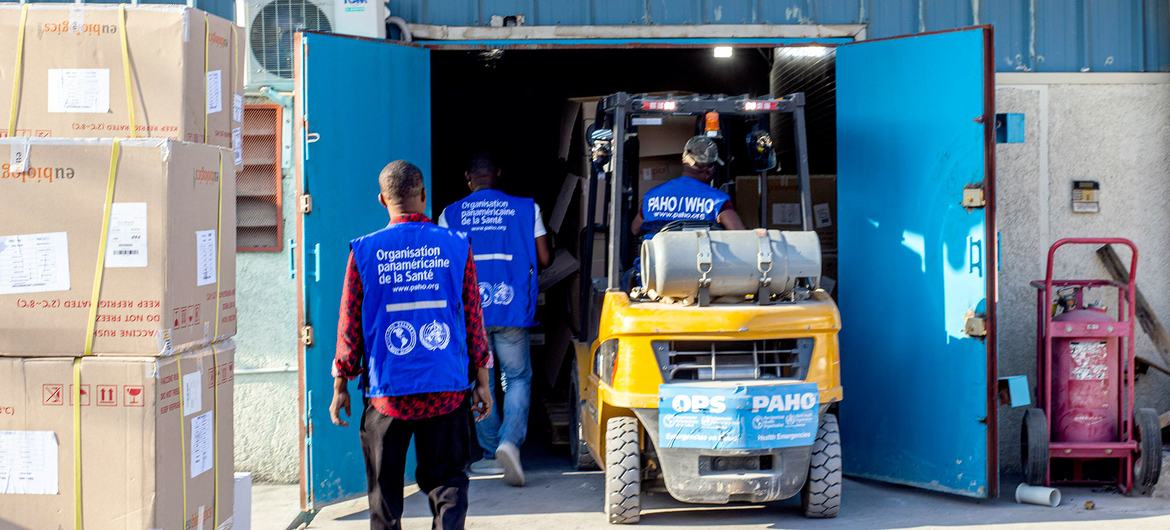
C3S: July 22 hottest day in recent history
July 22 was the hottest day on earth in recent history, according to the Copernicus ...

The World Health Organization (WHO) cautioned that climate change has driven an “unprecedented” number of larger and more deadly cholera outbreaks around the world this year.
Available data points to cases of infection in around 30 countries, whereas in the previous five years, fewer than 20 countries reported infections, on average.
“The situation is quite unprecedented, for not only we are seeing more outbreaks, but these outbreaks are larger and more deadly than the ones we have seen in past years,” said Dr. Philippe Barboza, WHO Team Lead for Cholera and Epidemic Diarrhoeal Diseases.
“This increasing number of cholera outbreaks is occurring after several years of regular reduction in the number of cases and deaths.”
Dr. Barboza explained that all the “usual factors” had played their part in the global uptick of cholera in 2022, not least conflict and mass displacement.
Added to this was the “very visible impact” of climate change, he insisted.
“Most of these larger outbreaks and the fact that they are simultaneously occurring – which makes the situation much more complex – is a direct impact of the increase in adverse climate troubles.”
The cholera crisis has been playing out across the Horn of Africa and the Sahel accompanied by “major floods, unprecedented monsoons (and) a succession of cyclones”, the WHO cholera expert said.
Many other countries have also been affected, including Haiti, Lebanon, Malawi and Syria, where there are large outbreaks.
Equally worrying is the WHO assessment that the situation is “not going to change quickly” in 2023, because meteorologists have forecast that the La Nina climatic phenomenon is likely to persist for a third successive year.
Natural disasters associated with La Nina are prolonged droughts and rains and an increase in cyclones, “so we are very likely to see similar situation that we saw at the beginning of 2022”, Dr. Barboza said, indicating that the worst-hit areas were likely to be in Eastern and Southern Africa, the Caribbean and Asia.
July 22 was the hottest day on earth in recent history, according to the Copernicus ...
Google has engaged in partnership with DHL to utilize the DHL Express GoGreen Plus service ...
Mars has announced registering a record 8% greenhouse gas (GHG) emissions reduction against its 2015 ...


اترك تعليقا